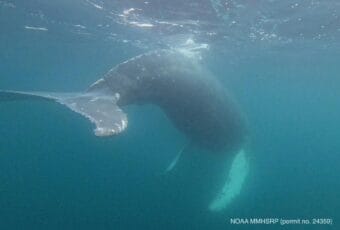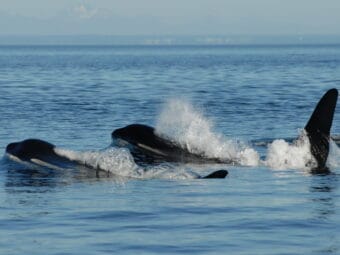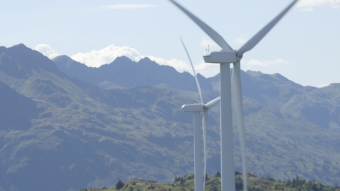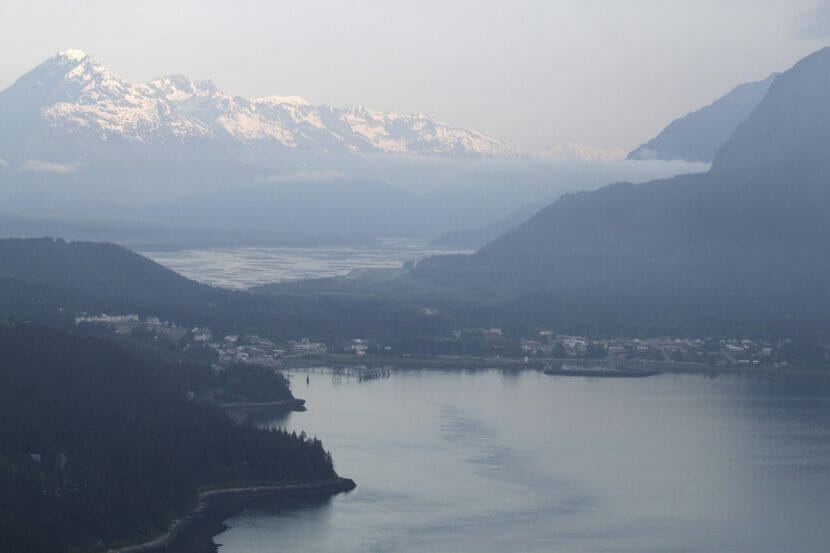
Alaska’s coastal communities are home to more than a third of the U.S. wastewater plants that are still allowed to treat their sewage at the lowest and most basic technological level. But six cities in Southeast Alaska may soon have to invest in improvements to better clean their wastewater before discharging it into the ocean.
That is the message from draft permits that have been released or are to be released by the Environmental Protection Agency, which has determined that too much bacteria is going from the sites into marine waters.
The agency last week issued a draft permit for the Haines Borough’s wastewater plant that calls for disinfection of bacteria in the treated discharge. As of now, there is no disinfection at the Haines plant, and its discharges contain high levels of fecal coliform and enterococcus bacteria, common pollutants in sewage, EPA said. To meet state water-quality standards, the plant relies on a large “mixing zone” in Portage Cove, EPA said.
Mixing zones are defined by the Alaska Department of Environmental Conservation as defined areas “where a permitted wastewater discharge undergoes initial dilution” and where pollutant levels may exceed water-quality standards.
According to EPA’s analysis, the mixing zone used in Haines is no longer adequate. The agency’s analysis of the Haines operations said that without improvements, it “has the reasonable potential to cause or contribute to a violation” of Alaska water-quality standards.
A similar requirement is contained in a new draft permit issued in October for the wastewater treatment plant at Wrangell, which also had a similar analysis. Yet to come, EPA said, are new drafts for Skagway, Sitka, Petersburg and Ketchikan. All six Southeast sites are operating on permits that were issued more than 20 years ago and have been periodically extended through administrative processes.
The six communities, located from the northern to southern tips of the Inside Passage and discharging into fast-moving marine waters, are among a select few in the nation that have municipal wastewater plants allowed to use mere primary treatment on the wastes they process, according to EPA. Primary treatment screens out solids, and all six plants rely on large mixing zones in their discharge areas.
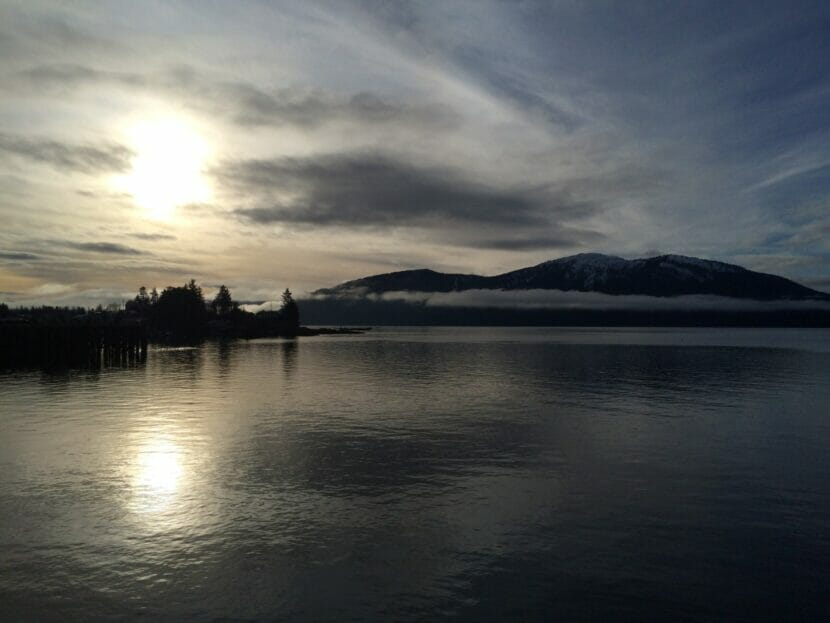
The vast majority of publicly operated wastewater plants in the nation are required to do at least a second level of treatment, said Suzanne Skadowski, a spokeswoman for EPA’s Seattle-based Region 10 office. Secondary treatment employs bacterial and additional physical processes to remove about 85% of contaminants; it is now standard practice at most plants. Some plants use a third level of treatment, which uses more advanced methods to remove contaminants.
In all, 24 plants around the nation are exempted from the secondary-treatment requirement, and nine are in Alaska, Skadowski said.
The cost for adding disinfection to the wastewater operations in the six Southeast communities or for upgrading to secondary-treatment systems is still unclear.
Even if the EPA determines that the Southeast Alaska wastewater plants deserve to keep waivers under the Clean Water Act from secondary treatment, the Alaska DEC will make the final decision on whether plants receive them.The state agency has authority over wastewater-discharge permitting within Alaska, including the power to demand stricter standards than those issued by EPA, the federal agency said.
Of the nine Alaska plants with waivers, the biggest by far is the John M. Asplund Wastewater Treatment Facility operated by the Anchorage Water and Wastewater Utility. The plant, which serves most residents of the state’s largest city, discharges into the silty and swift-moving waters of Cook Inlet. Unlike the six Southeast Alaska sites, the Asplund plant uses disinfectant – chlorine – as part of the treatment before wastewater is discharged into the inlet.
The Asplund plant is operating with a permit issued in 2000 and continued through administrative action, Skadowski said. “We are in the early process with Alaska DEC and Anchorage regarding updating the application with new data,” she said by email.
The other Alaska communities with wastewater plants currently operating with waivers that allow mere primary treatment are Pelican and Whittier, Skadowski said.
This story originally appeared in the Alaska Beacon and is republished here with permission.

